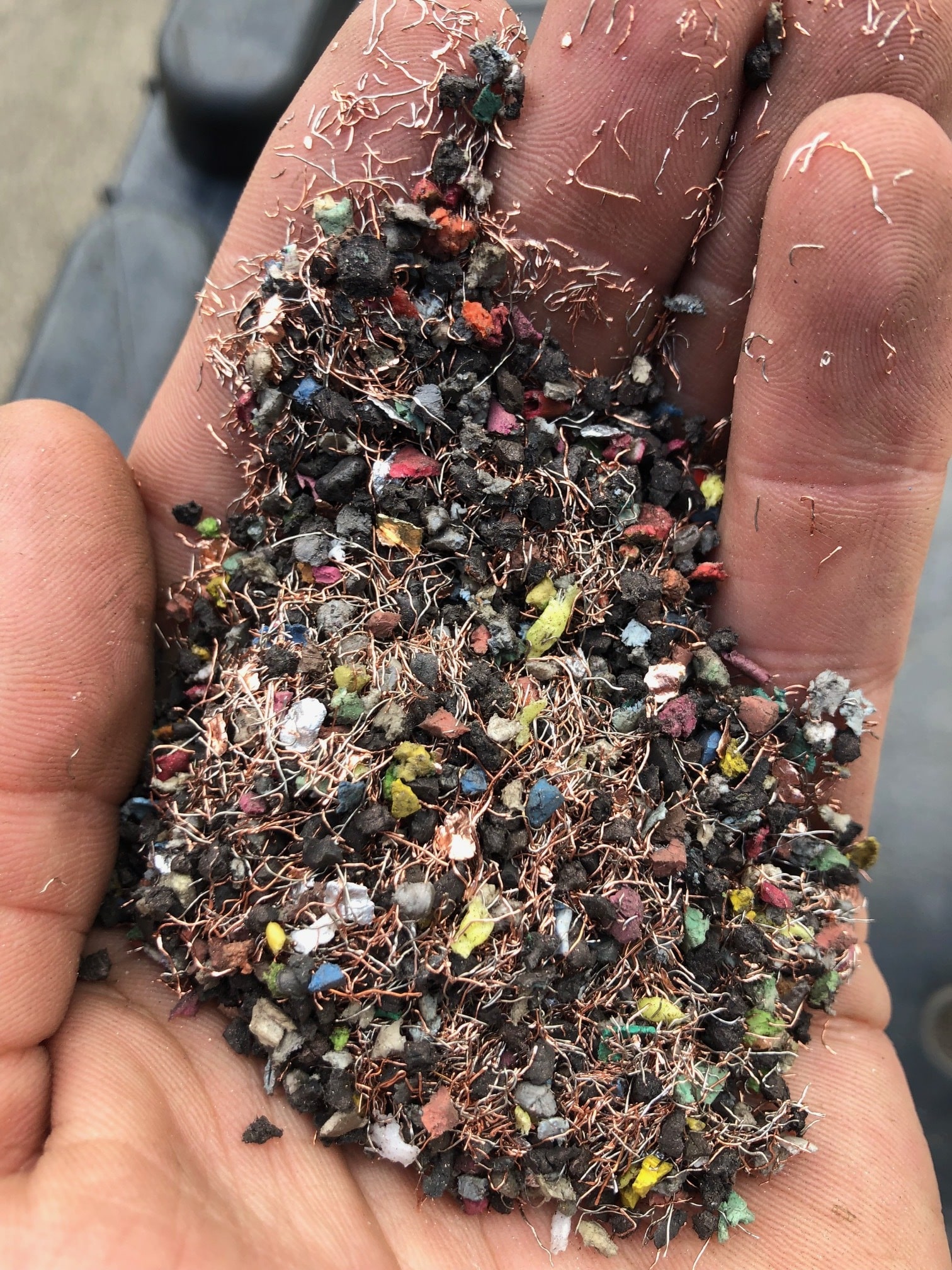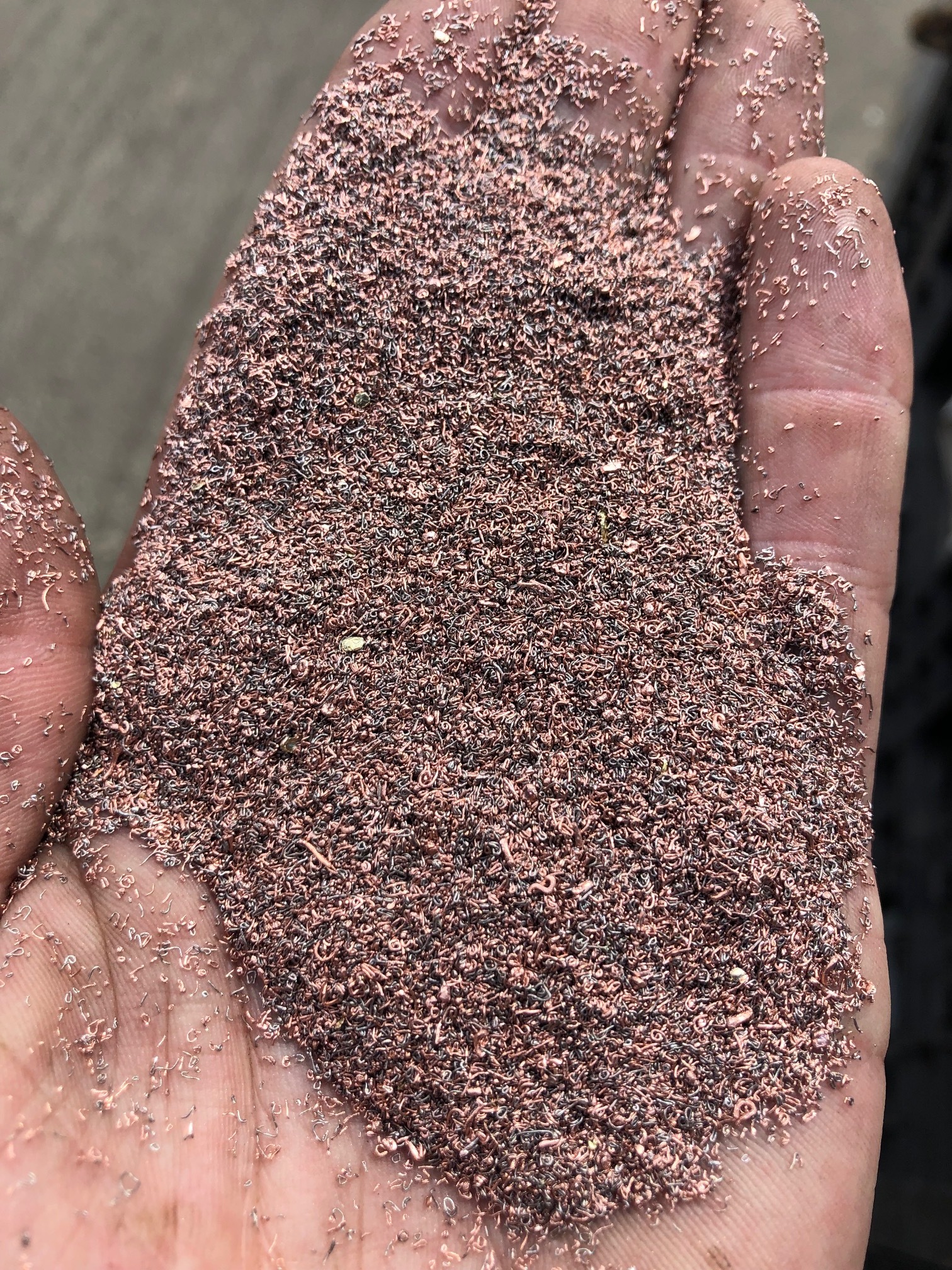Sweed Turbo Mill: Obtain Higher Yields on Low-Yield Wire

Difficulties in Scrap Processing: Until recently, a large amount of low-yield and fine wire was left unprocessed due to the extreme difficulty of processing it. Because the wire is so fine, it would slip through the granulator without being fully liberated from the insulation surrounding it, causing improper separation on the air separation tables. An air table uses vibration and fluidization to separate objects of equal dimensions via their density. When granulated, hair wire produces a small cylindrical shape “similar to a very short piece of hair,” whereas the insulation and other materials create more of a spherical shape. This mismatch in shape, density, and volume renders the air table less effective and results in poor separation.

Why is the turbo mill a game changer? Unlike a traditional granulator that uses a cutting action, the turbo mill uses impact, inertia and airflow not only to liberate remaining insulation from any fine copper but also to modify the shape of the hair wire to assist in the air separation process. The granulated material is introduced into the turbo mill using air conveyance as the motive force; the material is forced by the direction of the air flow to go between a spinning rotor and the housing wall. As the material moves through this gap, it impacts on both the spinning rotor and the stationary sidewall, which causes the material to become free of any remaining insulation while also deforming the hair wire into a small ball or horseshoe shape. This creates a much greater uniformity in the shape of the materials and allows for a cleaner separation of the copper which was previously perceived as incredibly difficult to process.
The turbo mill is a stationary piece of equipment that can be incorporated into any new or existing system. It effectively increases throughput on low-grade wire and allows a wider range of materials to be effectively processed. Watch Sweed’s Turbo Mill in action and learn how adding it to your system can more than double your recovery rate of low-yield copper wire.

